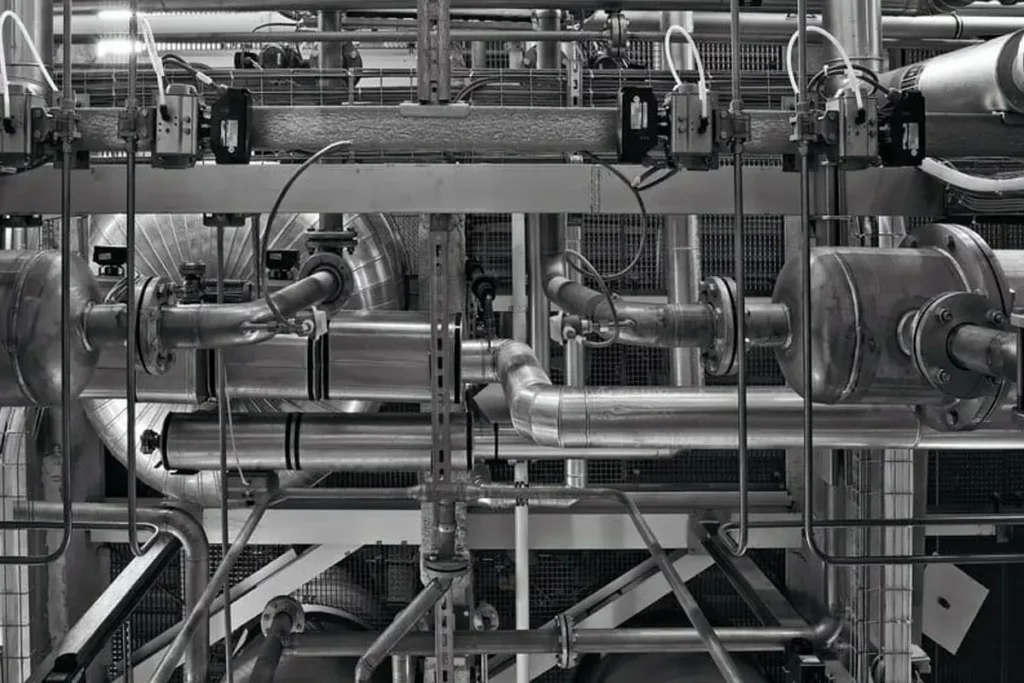Did you know that currently approximately 180 employees in Australia die each year due to accidents at their workplace? Besides, about 550,000 more suffer minor or severe injuries that require immediate attention. One common cause of workplace injuries in the manufacturing and food industries is safety valve failure. While these devices play a significant role in gas, fluid, and steam processing systems, they can fail due to various reasons.
If you don’t rectify such problems, they may lead to fatal injuries and significant losses. Here, we help you determine how to maintain your safety valves by discussing the primary reasons they fail. We’ll also mention safety precautions you can use to prevent damage and avoid losses.
5 Common Reasons of Safety Valves Failures
Safety valves can fail due to many technical or mechanical issues. Read on to discover five main reasons why these devices may stop working properly.
1. Leakage
Leakage is a common cause of valve failure, which occurs when debris or scale from the boiler or piping becomes caught between the sealing faces of the valve disc and seat.
Another reason for safety valve leakage is the loosening of the spring adjustment mechanism during operation that triggers the valve to continuously open during normal operation.
Fixing valve leaks can help protect your equipment and resources. Contact a specialist to repair the damaged valves or replace them with a more reliable valves.
2. Failure to Open at Required Pressure
When safety relief valves fail to open and allow free fluid flow when excessive pressure in the system occurs, the valve may not be set correctly. The required spring compression will need to be checked and that the valve is functioning correctly. If these steps don’t restore normal operation of the valve, it’s likely that the disc is stuck to the valve seat.
Since working with a faulty safety relief valve can be risky, it may be better to replace the valve with a high-quality model for enhanced safety of personnel and equipment. This measure will avoid fluid flow disruption and ensure that your system operates at the correct pressure.
3. Low Pressure
Another sign of safety relief valve failure is when your system doesn’t reach the required operating pressure for process production. If you are experiencing such an issue, inspect your valves to determine if they have the proper settings. Besides, confirm if your technicians readjusted them after changing your plant design.
In case you determine that the issue stems from incorrect spring settings, contact a safety relief valve repair expert to recalibrate the valve to the required new set pressure. After that, test the system to determine if the readjustment of the valve’s set pressure has fixed the problem.
If not, you might need to replace the damaged valves with ones compatible with your plant. While this may seem costly at first, it can help you avoid losses and more expenses in the long run.
A well-functioning valve will discharge at the needed pressure to prevent slowing down production. It will also avoid frequent downtime and high repair costs.
4. Excess Pressure
Incorrectly operating safety relief valves can cause your system to discharge fluids or gas at extremely high pressure and velocity. They can also lead to pressure build-up and increase the risk of explosions.
If you notice that your safety relief valves are releasing at high pressure, take immediate action to avoid compromising safety. Contact a valve specialist or your company technician to determine if you are using the correct valve settings.
If the valves still discharge, you might need to replace them. Consult various providers to check if they have models specifically designed for the equipment you use. Moreover, assess if they offer high-quality safety valves by reading product reviews.
5. Excess Disc Vibration When Discharging
Disc’s on safety relief valves often vibrate excessively when the valve is ‘oversized’ for the application. Fix such an issue by installing the correct size safety relief valve for the required discharge capacity.
Further, change the discharge pipe arrangement to minimise any flow resistance which can cause excessive back pressure to act on the valve. For safety relief valves fitted with adjusting rings, ensure that the adjusting ring is in the correct position.
Get High-Quality Safety Valves
Installing high-quality safety relief valves is the best way to avoid common failures. This measure can also prevent excess or inadequate pressure that may damage some parts of your system.
At John Valves, we provide a wide range of safety relief valves suitable for different industries. Since our products feature advanced designs, you can be sure they’ll precisely match your plant’s requirements.
Using our valves will help you avoid frequent failures and reduce maintenance costs. You will also protect your staff and prevent accidents that can damage your reputation. Are you looking for safety valves suited for your application? Reach out to us now to start buying high-quality products.
Read More:

